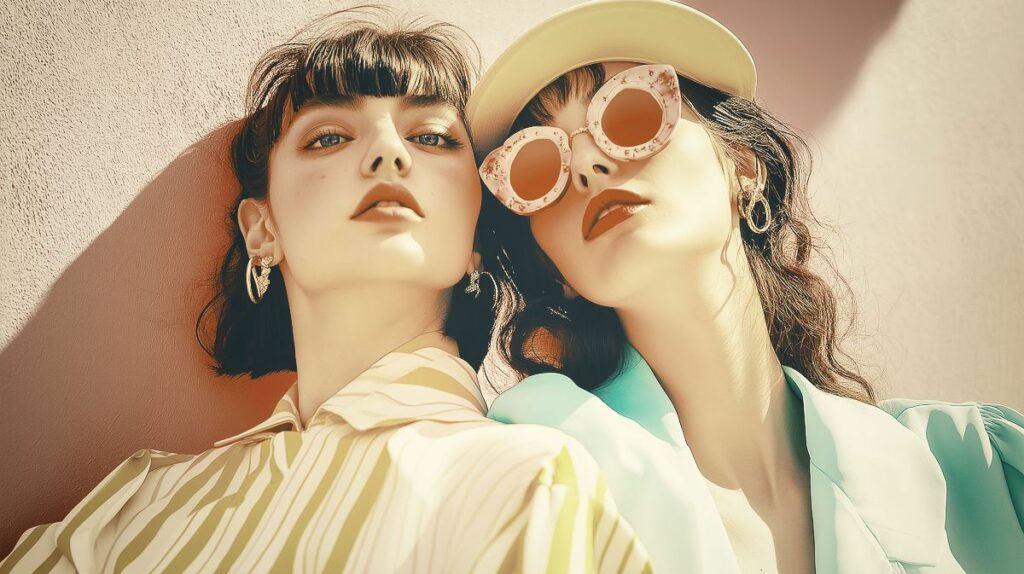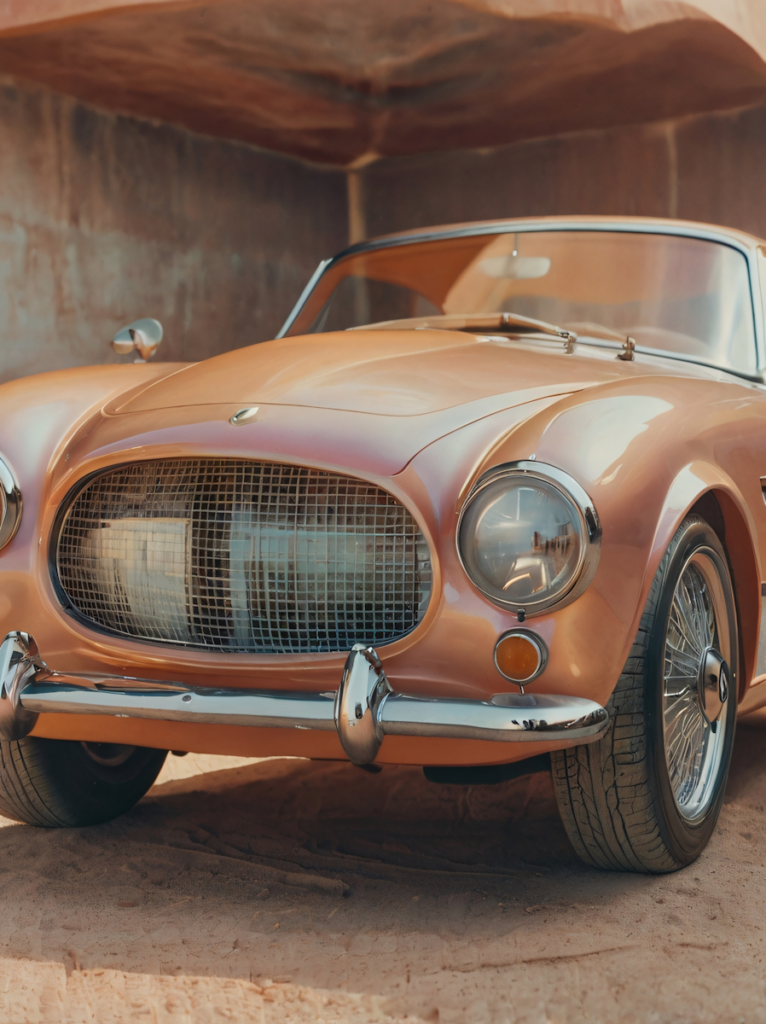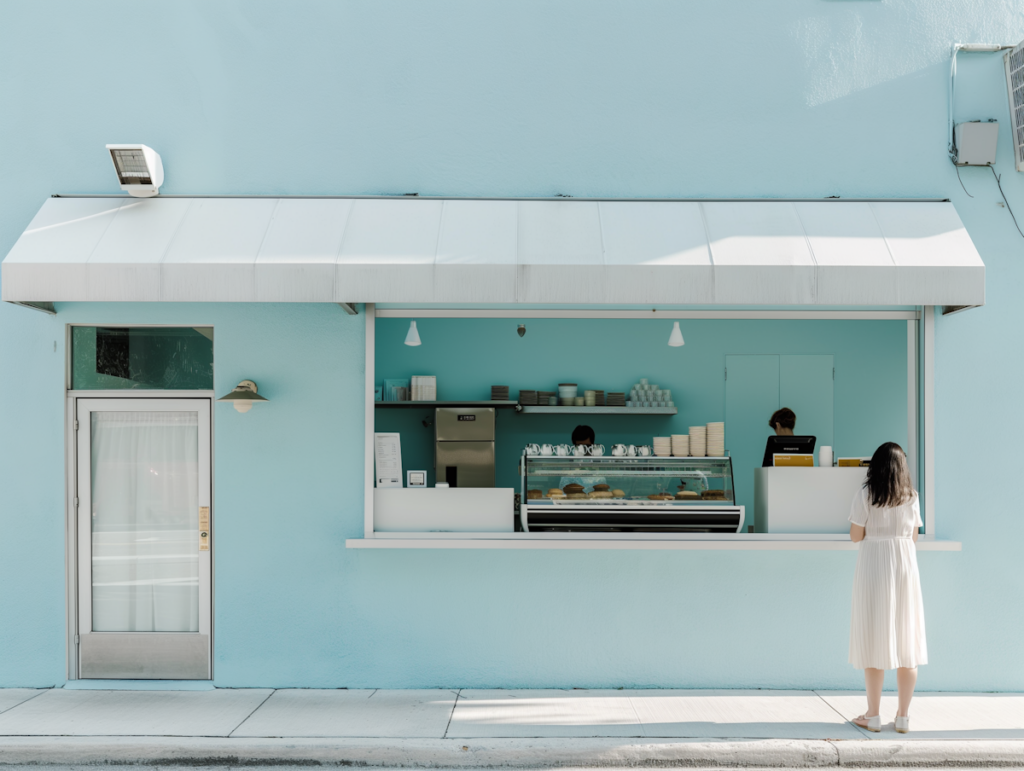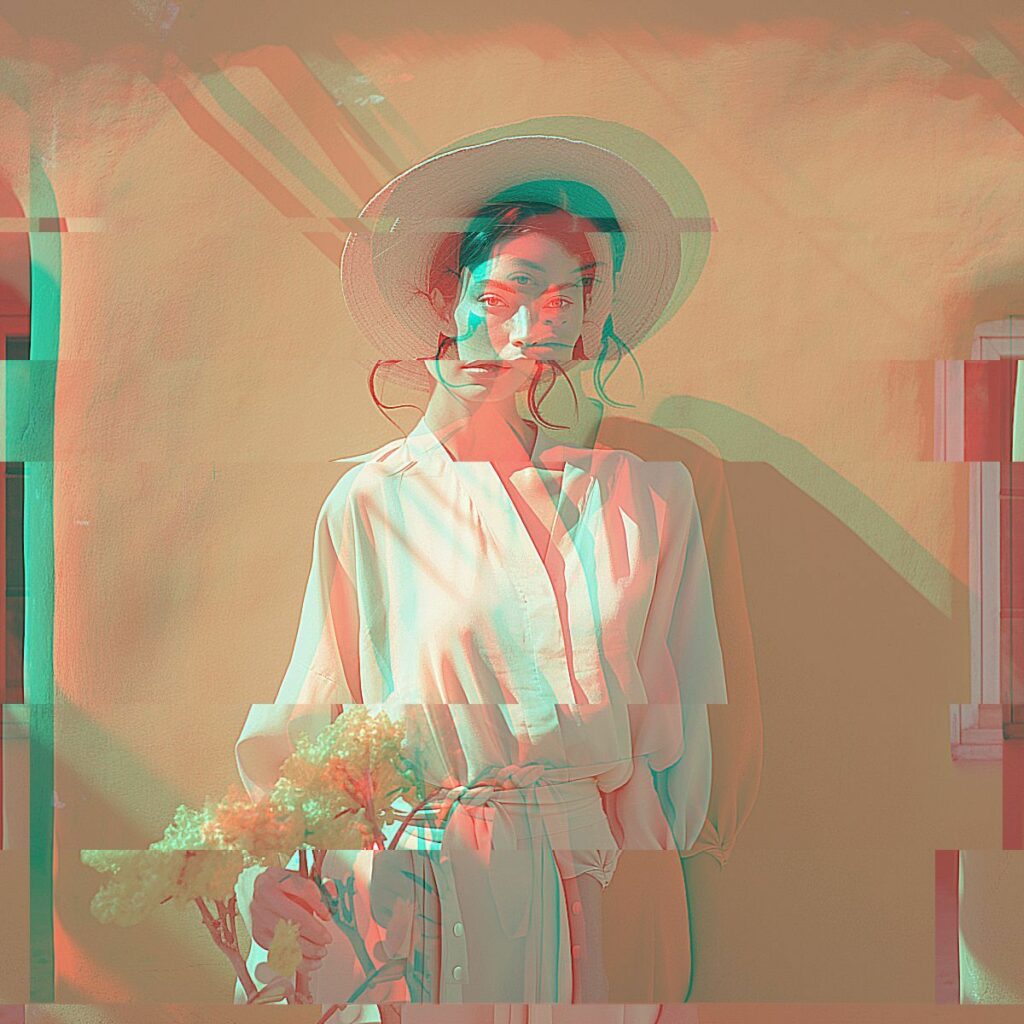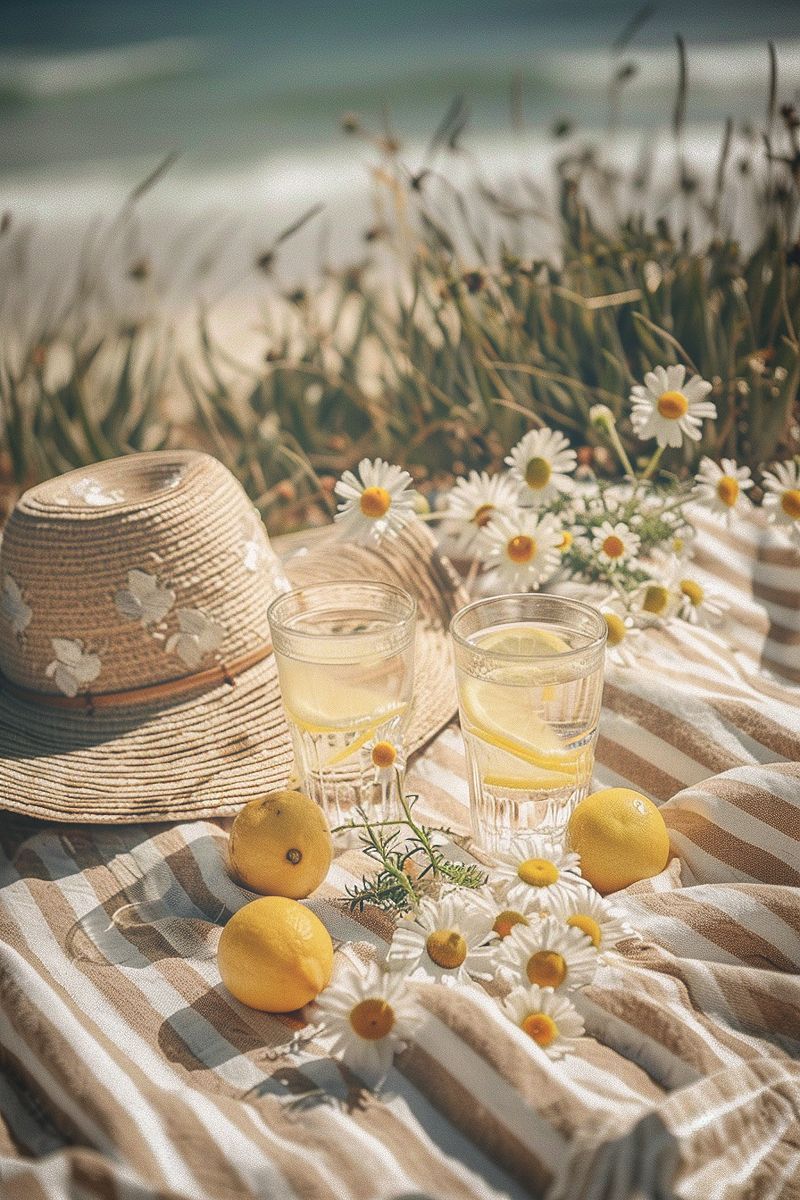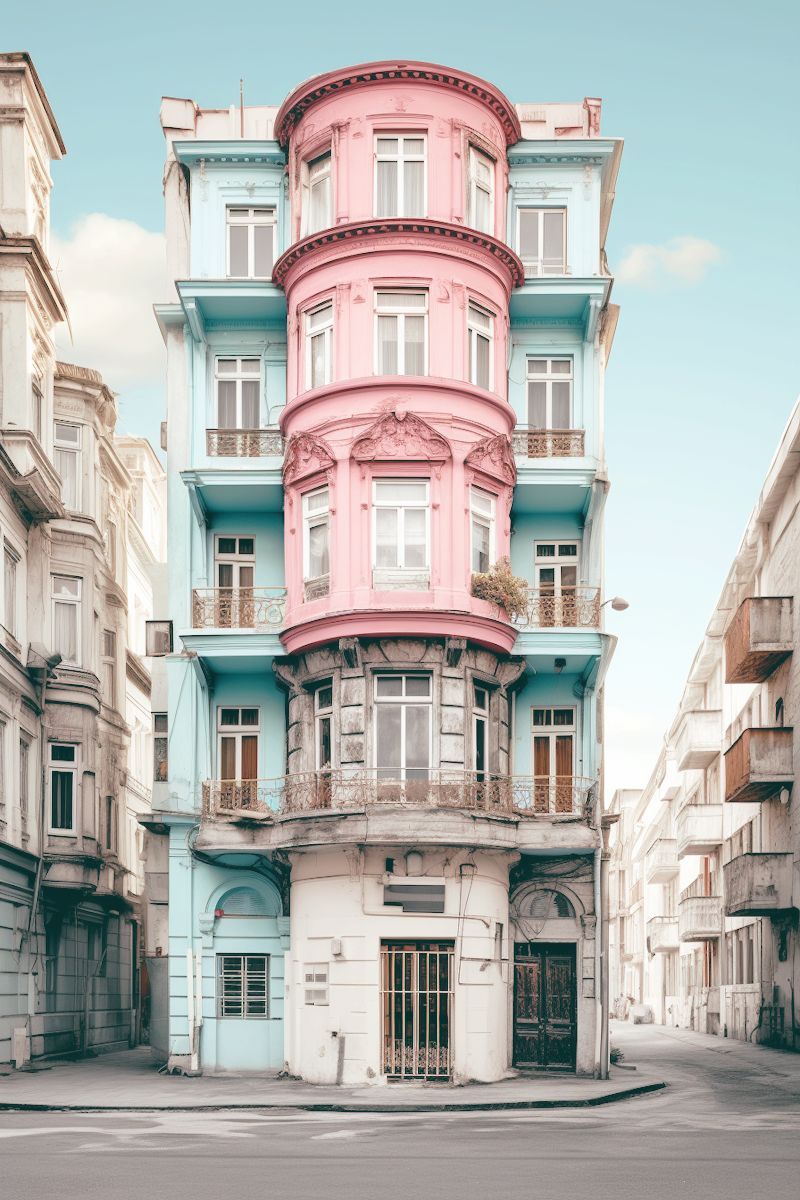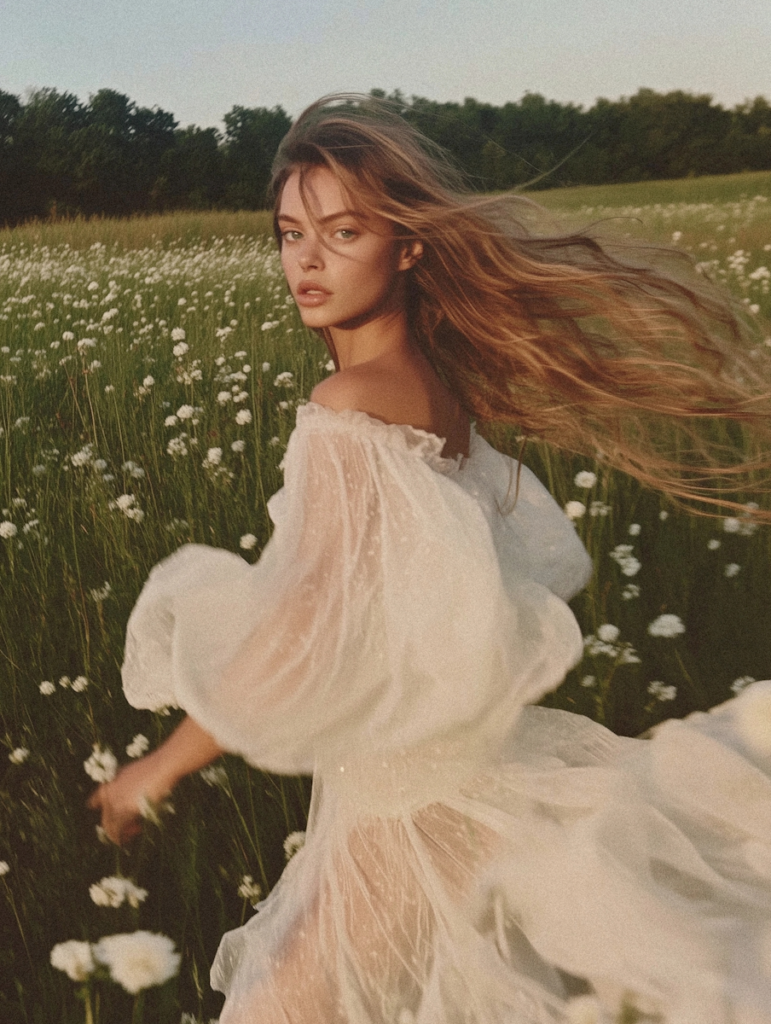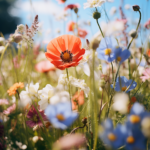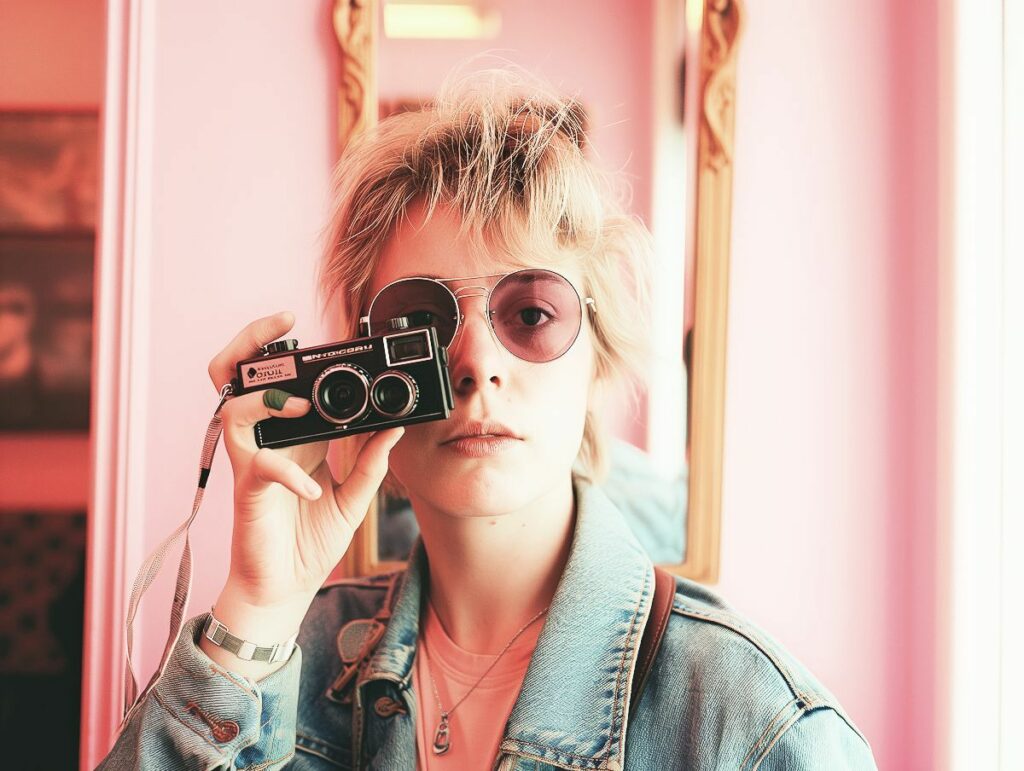
Wes Anderson’s films have carved a distinct visual identity that photographers and creators across the world are eager to replicate. His aesthetic is instantly recognizable—symmetrical compositions, pastel color palettes, nostalgic settings, and quirky, storybook-like details. It’s not just a cinematic approach; it’s an entire visual language that evokes emotion and tells stories through design, framing, and tone.
In this article, we’ll dive deep into what makes the Wes Anderson style unique, how photographers can emulate his iconic aesthetic, and practical techniques to bring that whimsical cinematic world into your own creative projects.
What Defines the Wes Anderson Style?
The Wes Anderson aesthetic is much more than pastel tones or vintage props; it’s a combination of elements that work in harmony to create a world that feels simultaneously nostalgic and surreal.
1. Perfect Symmetry
Anderson’s obsession with symmetry is well-known. Every frame feels deliberate and balanced, with subjects perfectly centered or mirrored on both sides. For photographers, this means paying close attention to alignment and ensuring every element of the shot contributes to an overall sense of order.
2. Rich, Pastel Color Palettes
Colors play a starring role in his visual storytelling. Think soft pinks, muted greens, faded yellows, and rich burgundy tones. These palettes create a dreamy, retro atmosphere that instantly draws viewers in.
3. Meticulous Set Design
Whether it’s a vintage hotel lobby (like in The Grand Budapest Hotel) or a quaint campsite (Moonrise Kingdom), Anderson’s sets are full of character and detail. Photographers can mimic this by curating props, backdrops, and even wardrobe choices that add narrative layers to the frame.
4. Whimsical Storytelling
The Wes Anderson style isn’t just about how an image looks; it’s about the story it tells. Each frame feels like a chapter in a quirky, bittersweet tale. Bringing this sense of narrative to your photography is key to achieving a similar vibe.
Why the Wes Anderson Style Resonates with Photographers
Photographers are drawn to the Wes Anderson aesthetic because it creates images that feel like art pieces rather than snapshots. His visual style encourages creativity, intentionality, and a return to storytelling basics—elements often overlooked in modern photography trends.
-
Timeless Appeal: The retro color schemes and carefully composed frames never feel outdated.
-
Cinematic Influence: Photographers love to emulate film directors who have a strong visual identity, and Anderson’s style is one of the most distinct in modern cinema.
-
Emotional Depth: His imagery combines humor, nostalgia, and melancholy, creating photos that resonate on an emotional level.
How to Capture the Wes Anderson Aesthetic in Your Photos
1. Master Symmetry and Center Framing
Start by visualizing your shot as a grid. Place your subject at the center or create a mirrored composition with equal weight on both sides. Use architectural elements—like doors, windows, or hallways—to help guide symmetrical framing.
Pro Tip: Use your camera’s grid overlay or a tripod to keep lines straight and perfectly balanced.
2. Curate Your Color Palette
Colors can make or break a Wes Anderson-inspired photo. Stick to 3–4 main colors in your frame, focusing on pastel or muted tones. Avoid overly saturated or clashing colors.
Editing Tip: Tools like Colorcinch can help fine-tune colors. Try lowering saturation slightly and adjusting warmth to achieve that vintage film look.
3. Incorporate Vintage Props and Settings
Props like old suitcases, rotary phones, retro bicycles, or typewriters instantly evoke a nostalgic feel. Pair these with locations like train stations, vintage diners, or old libraries to amplify the effect.
If you can’t find a location with a vintage vibe, focus on styling your subject’s clothing—think tweed coats, berets, or 70s-inspired dresses.
4. Experiment with Quirky Angles
Wes Anderson often uses flat, 2D-like perspectives where depth is minimized. Try shooting head-on rather than at an angle. This approach simplifies the frame and gives it a storybook quality.
5. Add Storytelling Elements
Every Wes Anderson frame tells a story. Ask yourself: What narrative does this photo convey? Add details like handwritten letters, books, or a cup of tea to hint at a character’s personality or backstory.
Editing Tips for a Wes Anderson-Inspired Look
Post-processing plays a crucial role in achieving this style. Here’s how to enhance your photos during the editing phase:
-
Color Grading: Use split-toning to create warm highlights and cool shadows.
-
Film Grain: A subtle layer of grain mimics the texture of film stock, adding authenticity.
-
Vignettes: Light vignettes help draw the viewer’s eye to the center, where your symmetrical composition shines.
-
Soft Contrast: Lower contrast slightly for that muted, dreamy look.
Real-Life Examples of Wes Anderson Photography
The popularity of this style has exploded on platforms like Instagram and Pinterest, with hashtags like #AccidentallyWesAnderson showcasing thousands of real-world locations and photos that resemble Anderson’s films.
Photographers often find inspiration in places like pastel-colored buildings, vintage hotels, and minimalist interiors. Even everyday objects, when framed symmetrically and color-coordinated, can evoke the Wes Anderson aesthetic.
Tools and Apps for Creating the Wes Anderson Look
While good composition and styling are key, editing tools can help refine the final image. Apps like:
-
Colorcinch: Offers pastel filters, cinematic LUTs, and vintage overlays that are perfect for Wes Anderson-inspired edits.
-
VSCO: Known for filmic presets that reduce saturation and enhance mood.
-
Lightroom: Ideal for fine-tuning color palettes and adding split tones.
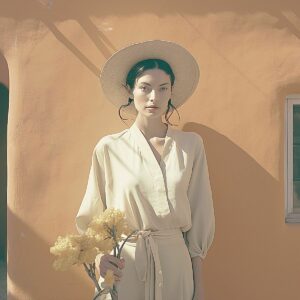
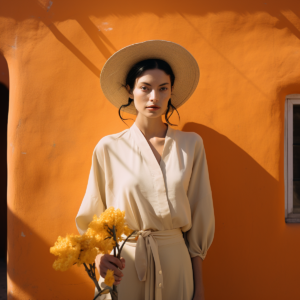
Upload photo to get Wes Anderson Style Filters from Colorcinch
With Colorcinch, you can also add glitch effects to your photos and give them that unique, aesthetic Wes Anderson vibe.
Add glitch to photos with Colorcinch
Why the Wes Anderson Style Is Perfect for Creative Portfolios
Whether you’re a professional photographer or a content creator, experimenting with the Wes Anderson aesthetic can elevate your portfolio. It shows your ability to craft intentional compositions, master color theory, and tell stories through visual design.
5 Creative Wes Anderson-Style Photo Ideas
If you’re ready to put the Wes Anderson style into practice, here are five unique photography ideas that capture the essence of his cinematic style:
1. The Quirky Traveler Portrait
Channel The Darjeeling Limited by photographing a subject surrounded by vintage suitcases, train tickets, or old maps. Choose a railway platform or bus station as your backdrop and center the subject for that perfectly symmetrical look. Enhance the retro vibe with muted blues, soft yellows, and a touch of grain in post-editing.
2. The Color-Coordinated Picnic
Recreate the charming outdoor scenes from Moonrise Kingdom. Arrange a picnic with carefully selected props—plaid blankets, vintage thermoses, and pastel-colored plates. Shoot from above to highlight symmetry and color harmony. Add subtle storytelling details, like a handwritten letter or a quirky book, to give the image character.
3. The Whimsical Room Scene
Wes Anderson’s interiors are almost as iconic as his characters. Find a room with bold wallpaper or painted walls, then stage a portrait with props like typewriters, rotary phones, or retro lamps. Keep the subject perfectly centered in the frame and ensure the colors in the room complement their outfit.
4. The Everyday Object Still Life
You don’t need elaborate sets to capture the Wes Anderson vibe. Create a flat-lay or tabletop arrangement of everyday objects—think books, flowers, or old postcards—arranged in neat rows or grids. Stick to a cohesive color palette, and photograph from directly overhead to mimic Anderson’s flat compositions.
5. The Symmetrical Street Scene
Find an urban or architectural location that naturally offers symmetry—such as an arched doorway, a pastel-colored storefront, or a long hallway. Position your subject in the center and let the architecture guide the composition. Enhance the mood by desaturating the image slightly and applying warm tones.
Practical Exercise: Your First Wes Anderson Photo Shoot
-
Find a Location: Look for places with pastel walls, bold architecture, or retro vibes.
-
Plan Your Props and Outfits: Stick to a cohesive color scheme.
-
Shoot Head-On: Frame your subject symmetrically and leave negative space around them.
-
Edit Thoughtfully: Use tools to soften tones and create a warm, cinematic look.
Final Thoughts
The Wes Anderson style is more than a passing trend—it’s a masterclass in storytelling through visuals. By combining symmetry, curated color palettes, and narrative-driven details, photographers can create images that feel cinematic, nostalgic, and unforgettable.
If you’re exploring this aesthetic for the first time, start small: experiment with a single prop, find a colorful wall, and play with centered compositions. Over time, you’ll develop an eye for what makes this style so magnetic.
Whether for social media, creative projects, or professional shoots, the Wes Anderson aesthetic is a fantastic way to infuse your photography with personality and charm.
Upload your photo to Colorcinch and paint your world in pastel palettes and perfect symmetry.



